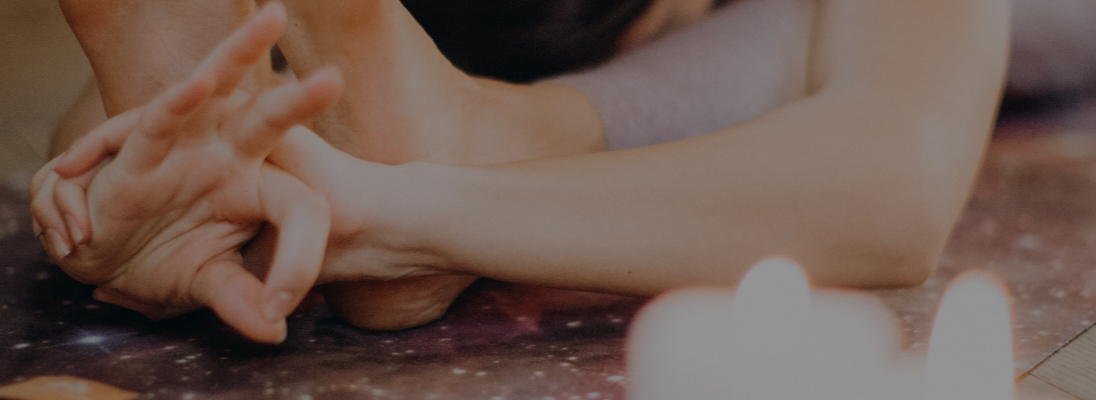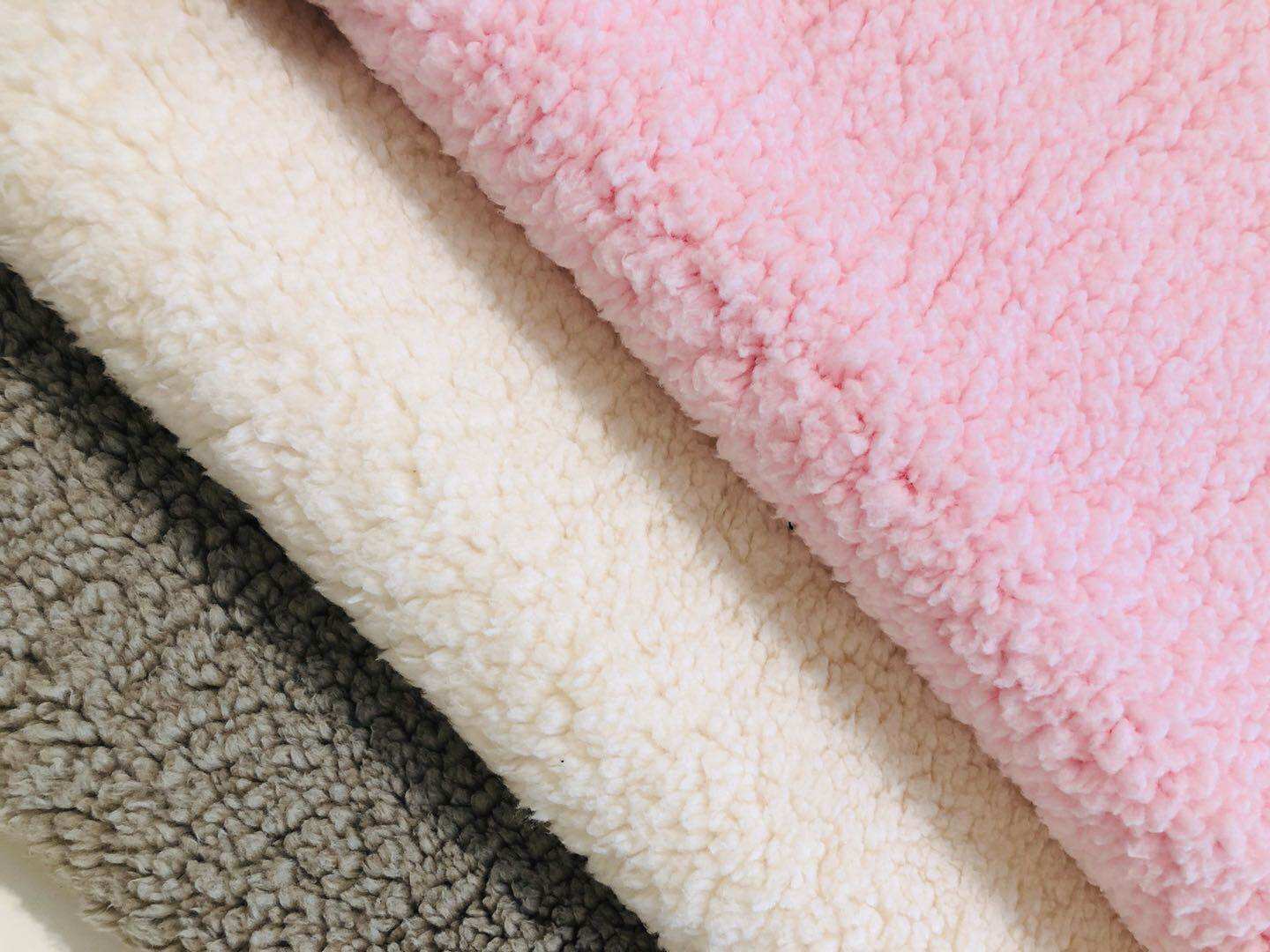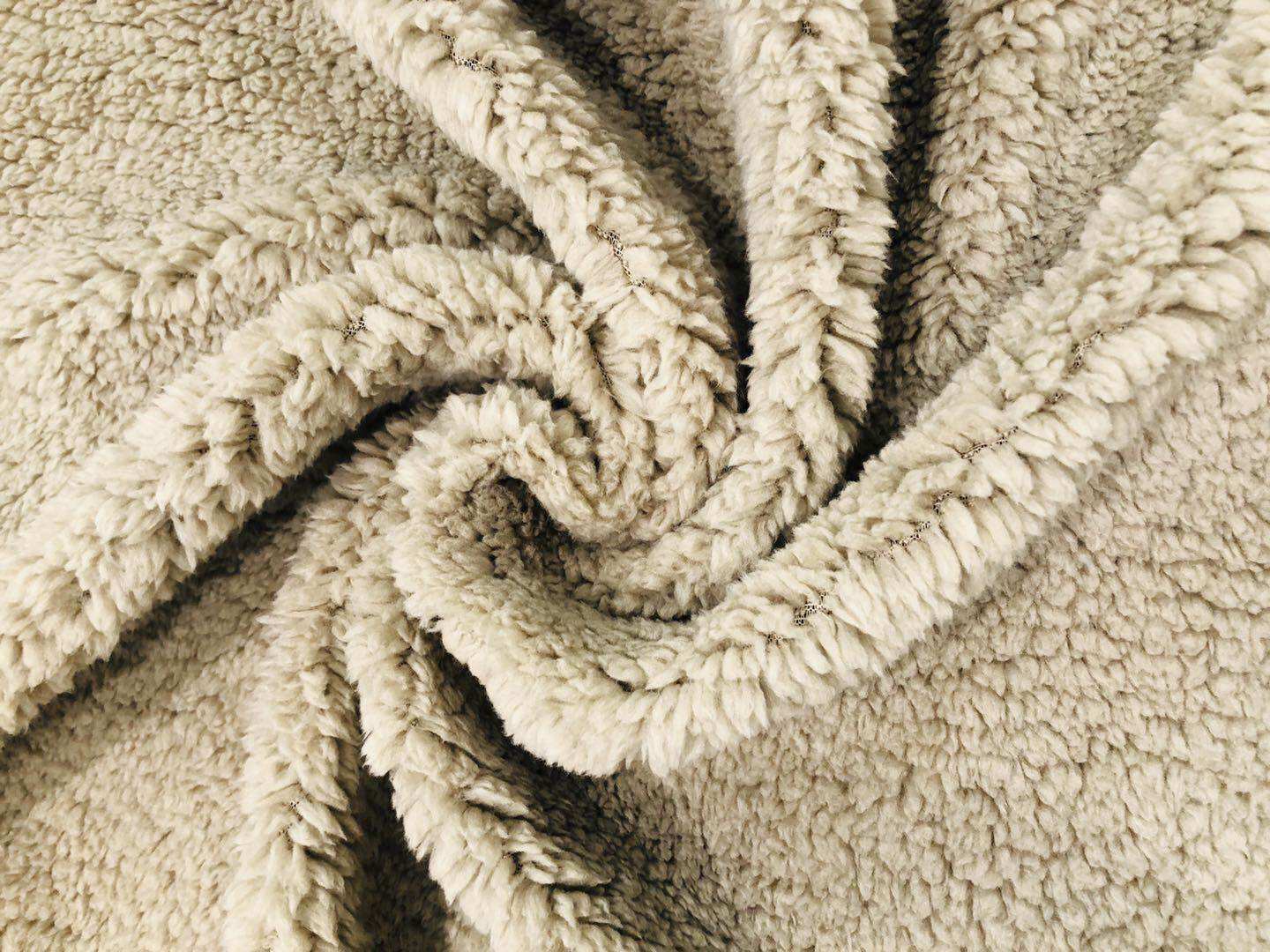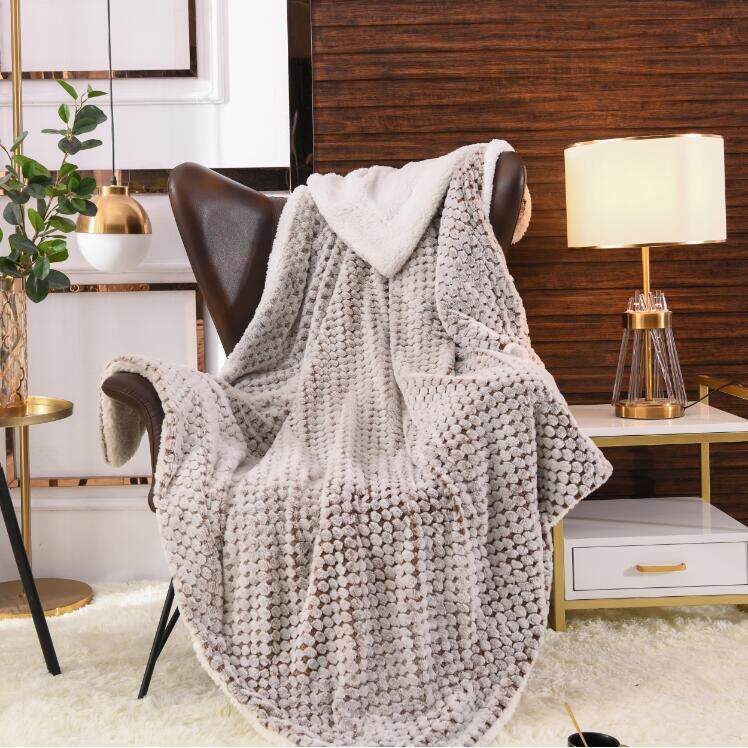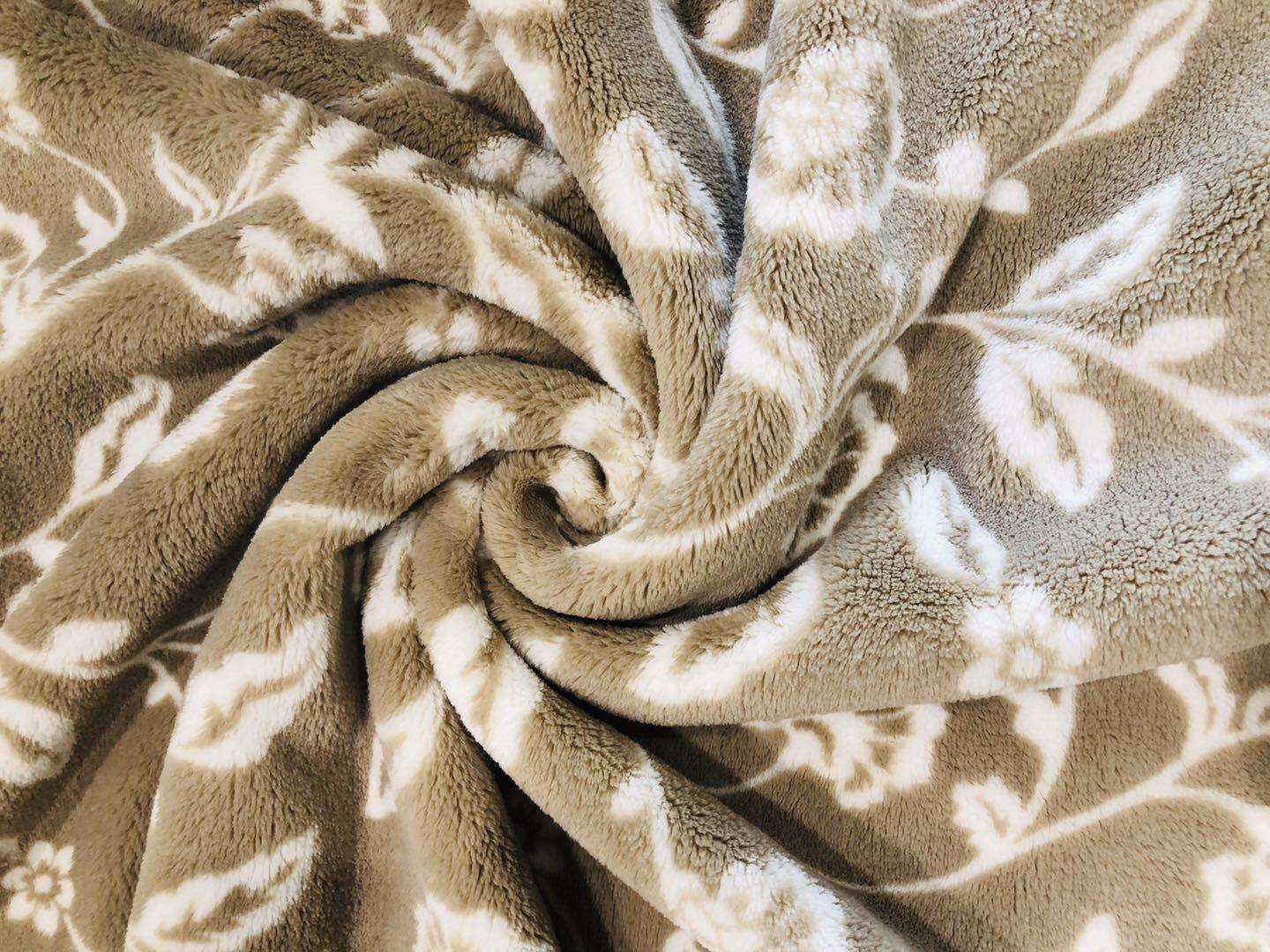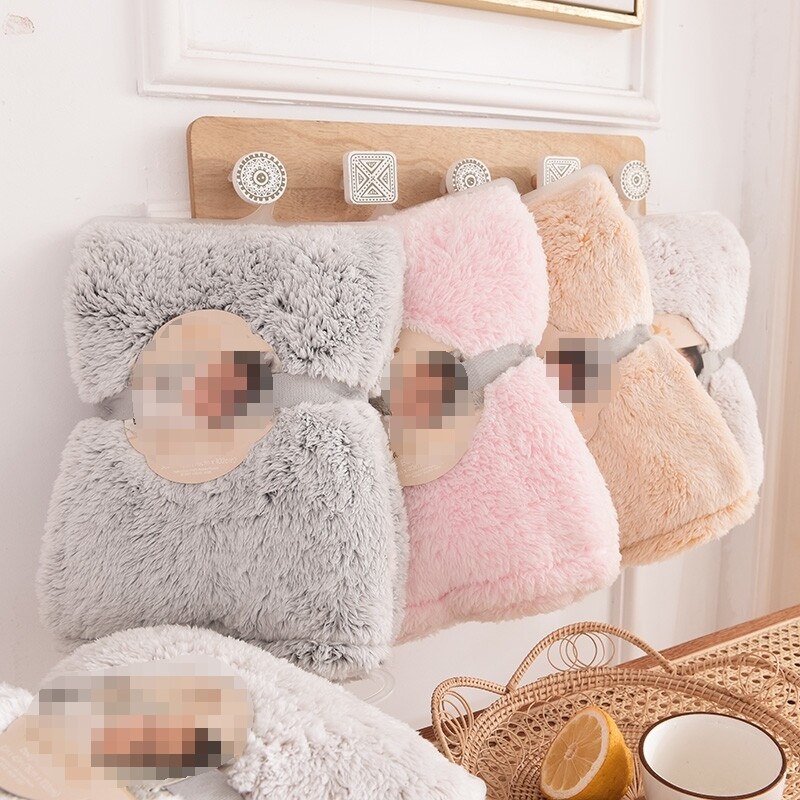Email format error
Email cannot be empty
Email already exists
6-20 characters(letters plus numbers only)
The password is inconsistent
Email format error
Email cannot be empty
Email does not exist
6-20 characters(letters plus numbers only)
The password is inconsistent

Grs Sherpa
This cozy and warm sherpa fabric is durable, lightweight and water-resistant. It's great for use on its own or as a lining for other fabrics. The soft synthetic wool nap will help trap heat inside to keep you extra warm.
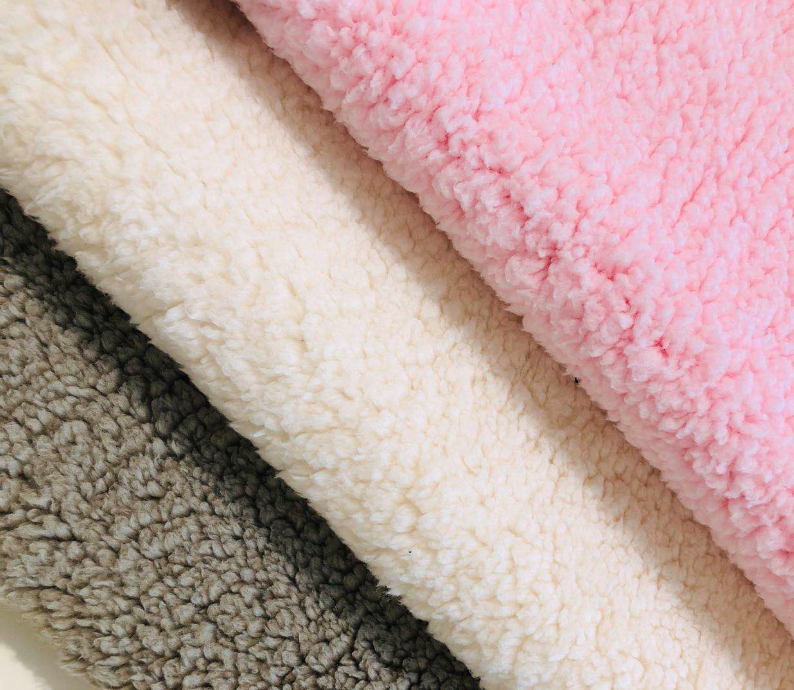
Sherpa vs Fleece: Key Points
Warmth: While it is very warm, sherpa fabric mostly gets used as a lining inside other fabrics. It does a great job trapping heat in its soft, faux-wool nap. Fleece fabric is incredibly warm. Depending on its weight and thickness, it can serve as a coat on its own.
Thickness: One of the biggest differences between these two materials is their distinct levels of thickness. You can buy fleece in varying weights and thicknesses, from lightweight, slightly scratchy microfleece to thick, blanket-like polar fleece. Sherpa fabric is usually a light knit with a fuzzy velvet pile on the other side and is not particularly thick.
Softness: This is another discrepancy between the two fabrics. Sherpa fabric is almost always softer than other kinds of fleece.
Moisture Wicking: Both fabrics are usually made from synthetic material, which provides great moisture-wicking abilities perfect for a coat’s lining.
Ease of Care: Both fabrics allow for fairly easy care. Though they are both machine washable, you should wash them in cold water and avoid placing them in the dryer.
Cost: As with anything, the cost depends on what kind of item you plan to buy! Generally, though, you can expect sherpa fabric to cost a bit more than most other kinds of fleece.
Uses: Whenever you want warmth, look for fleece! This versatile fabric works well in jackets, coats, and blankets. On the other hand, Sherpa fabric will mostly show up as a warm lining inside things like coats and blankets.
Pros and Cons of Sherpa
A cheaper, vegan fabric designed to look like sheepskin
Just as warm or warmer than actual wool
Moisture-wicking because of its synthetic fibers
A popular lining for blankets, animal beds, and coats
Typically only used as a lining material
A bit pricier than most other winter fabrics
Pros and Cons of Fleece
Very affordable
Usually made out of polyester
Available in a variety of weights and styles
Used on its own, not just as a lining
Moisture-wicking because of its synthetic fibers
Often used in blankets, coats, and jackets
Not as soft as sherpa fabric

